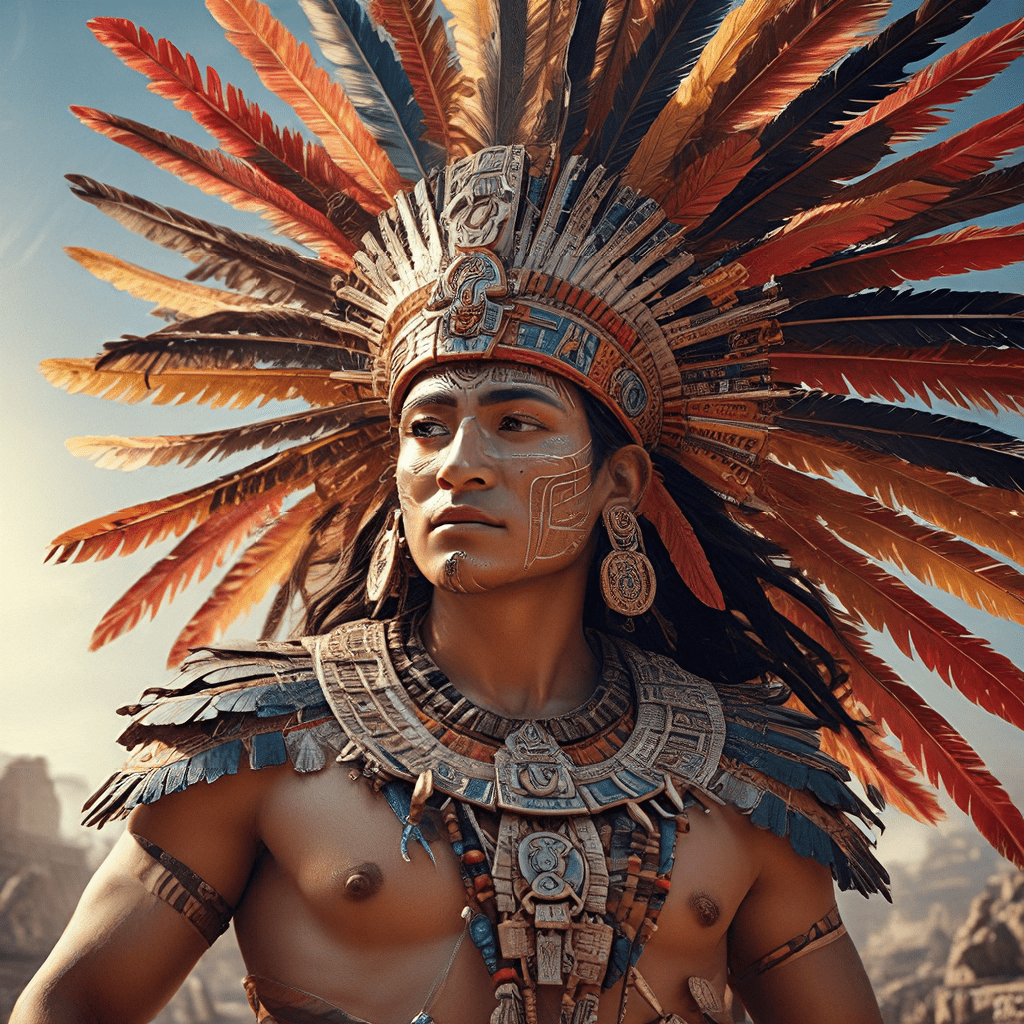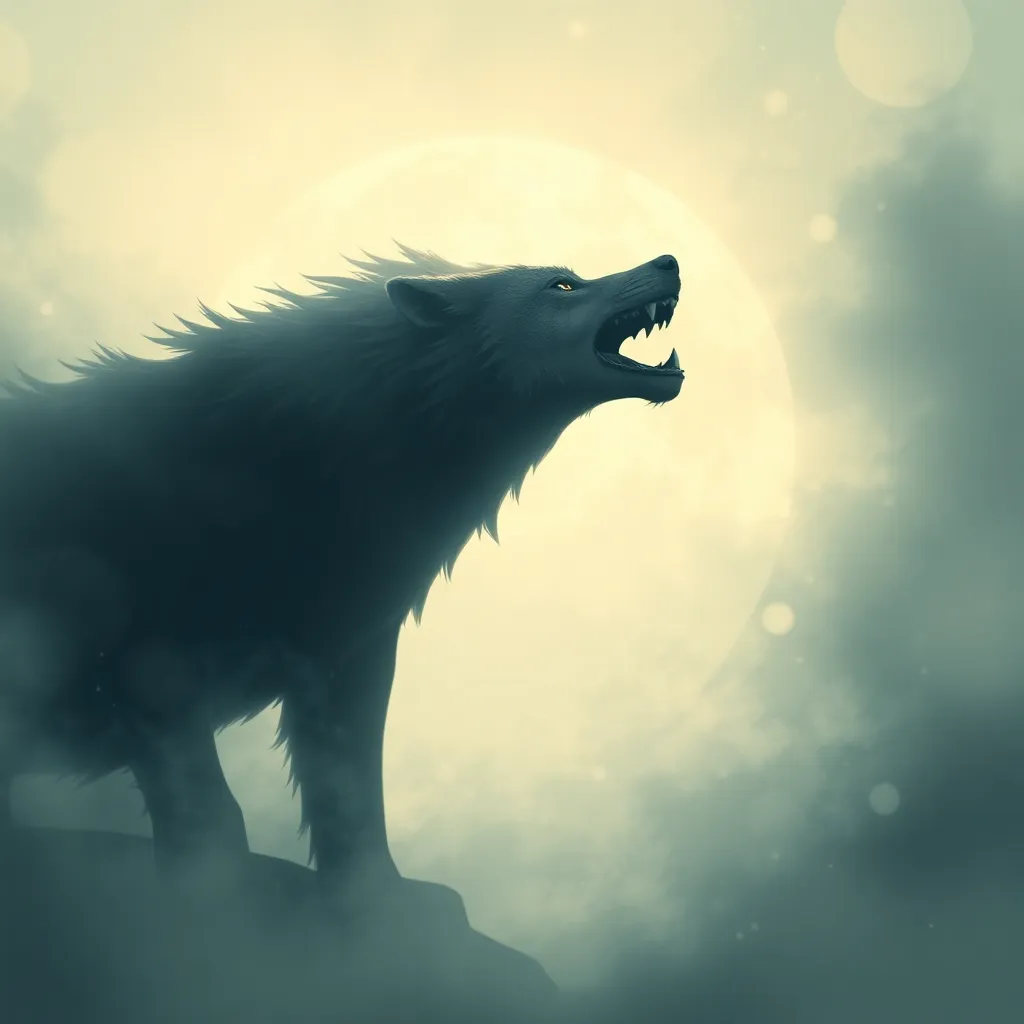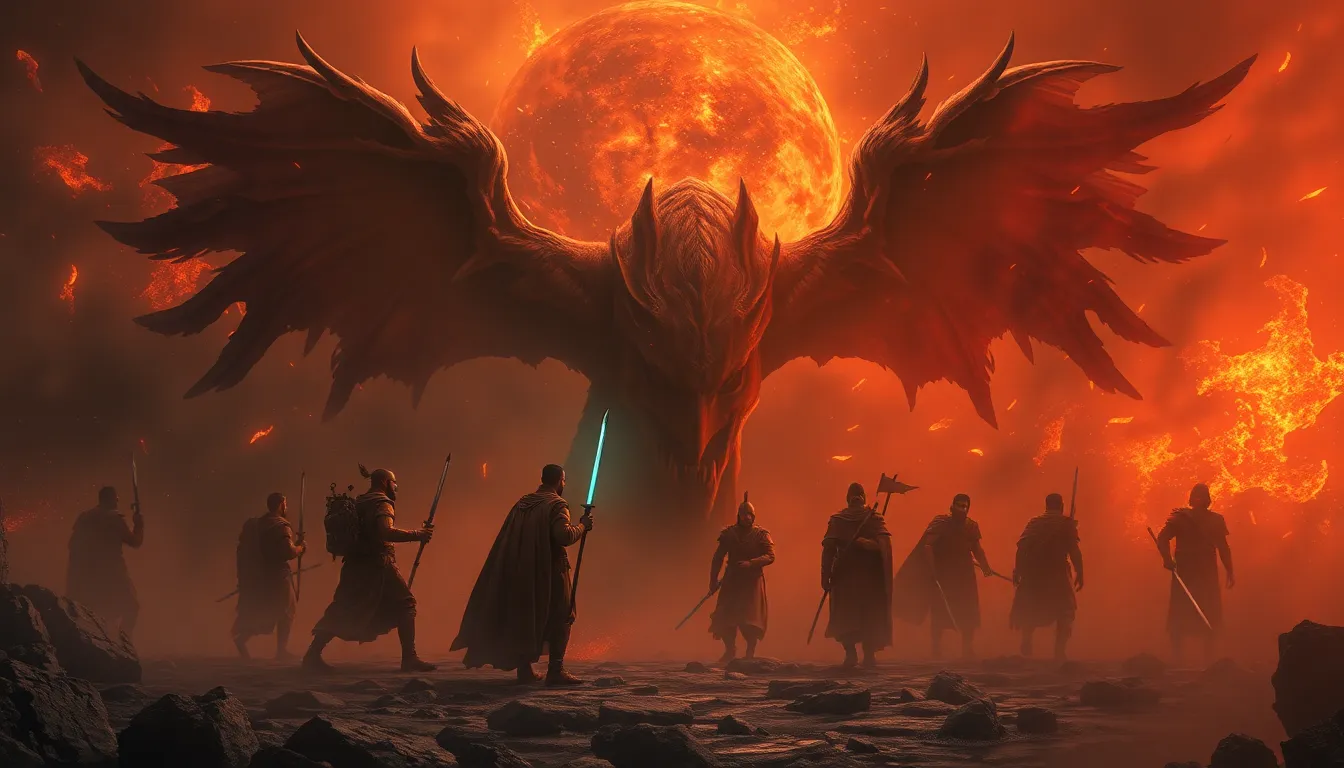The Myth of the Aztec God of Wind, Ehecatl
Ehecatl: The God of Wind
In the rich tapestry of Aztec mythology, Ehecatl, the god of wind, holds a prominent position. He personifies the very essence of air, its power, and its capricious nature. Known as the "Lord of the Air," Ehecatl is depicted as a being with a long, flowing beard, sometimes with feathered wings, symbolizing his dominion over the winds. He is often seen carrying a conch shell, a symbol of his ability to control the winds and summon storms.
Ehecatl's influence extends far beyond mere weather patterns. He is associated with breath, life force, and the very act of creation. His presence is felt in the rustling of leaves, the gentle breeze that carries the scent of flowers, and the powerful gusts that can uproot trees. In essence, Ehecatl represents the invisible force that animates the world, the life-giving power of the wind.
Ehecatl: The Bringer of Life and Destruction
Ehecatl's nature is one of duality, embodying both the life-giving and destructive aspects of wind. His breath can bring forth life, nourishing crops and bringing rain to thirsty fields. He is often depicted as a benevolent spirit, guiding the winds to bring rain and fertility to the land. His winds are essential for pollination, scattering seeds and ensuring the success of crops. However, Ehecatl's power can also be destructive. He is responsible for powerful storms, tornadoes, and hurricanes, forces capable of wreaking havoc on the land and its inhabitants. This duality reflects the unpredictable nature of the wind, a force that can be both life-sustaining and devastating.
Ehecatl: Master of the Four Winds
In Aztec cosmology, the world is divided into four cardinal directions, each associated with a specific wind and a unique attribute. Ehecatl is said to rule over these four winds, each representing a different aspect of his power. The North Wind, known as Mictlan Ehecatl, is associated with death, cold, and the underworld. The South Wind, Xochit Ehecatl, is linked to warmth, flowers, and the world of the living. The East Wind, Tlahuiz Ehecatl, represents dawn, new beginnings, and the rising sun. The West Wind, Huehue Ehecatl, is associated with the setting sun, the end of the day, and the cycle of life and death. Ehecatl's mastery over these winds underlines his control over the cycle of life and the natural order of the world.
Ehecatl: The Shape-Shifter
Ehecatl is not only a master of the winds but also a shape-shifter, capable of transforming into various forms. He can take on the form of animals such as a dog, a jaguar, or a bird. He can also manifest as plants, including the sacred copal tree whose resin was used in rituals. This shape-shifting ability highlights his power over the natural world, his ability to blend into the environment, and his connection to the diverse forms of life. Even humans are not immune to his transformations, with legends speaking of Ehecatl taking on human form to interact with people.
Ehecatl: The Guardian of the Sacred Fire
Ehecatl's role as a protector of the sacred fire, a symbol of life and creation in Aztec culture, further emphasizes his connection to the life force. Fire, as a source of heat and light, was seen as essential for life and survival. Ehecatl's responsibility for maintaining the sacred fire demonstrates his importance in safeguarding the world and its inhabitants. He is often depicted alongside Xiuhtecuhtli, the god of fire, highlighting the close relationship between these two deities and the powerful connection between air and fire.
Ehecatl: The Patron of the Nahua People
Ehecatl was not just a powerful deity in the natural world; he was also a patron deity of the Nahua people, the group of indigenous peoples who spoke the Nahuatl language and inhabited much of Mesoamerica, including the Aztecs. As a patron deity, Ehecatl provided protection, guidance, and inspiration to the Nahua people. He was seen as a protector from harm and a source of wisdom and knowledge. He was also associated with the Nahuatl language itself, believed to have been gifted to the Nahua people by the god.
The Nahua people were highly skilled weavers, and Ehecatl was often invoked during the weaving process, as the wind was believed to help the threads bind together. They also used his power to help them in their agriculture and fishing endeavors. Ehecatl’s connection to the Nahua people went far beyond practicalities, however. He was a symbol of their identity and their cultural heritage, reminding them of their origins and the power of the natural world.
Theories on the Origins of Ehecatl
The origins of the Ehecatl myth are shrouded in mystery, but scholars have proposed several theories about its development. Some believe that the concept of a wind god, like Ehecatl, was common in Mesoamerica, and that the Aztec version was influenced by other cultures. For example, the Mayan god Ah Muzen Cab, also known as the "Heart of the Sky," is associated with wind and storms.
Other scholars suggest that the Ehecatl myth may have emerged from the Aztecs' own observations of the wind, its power, and its impact on their environment. The wind was a vital force in their lives, influencing their agriculture, their weather patterns, and their very existence. It is possible that their reverence for this force led to the development of the Ehecatl myth as a way to explain and control this powerful element.
Ehecatl: The God of Air
Ehecatl is often depicted as a being with a long, flowing beard, sometimes with feathered wings. He is also represented as a serpent, symbolizing the power of the air itself. The serpent, with its ability to move through both the earth and the air, is a powerful symbol of transformation and power in many cultures.
Ehecatl's association with air also emphasizes the intimate connection between humans and the elements. Air is essential for life and is something that is constantly around us, yet it is often invisible. Ehecatl represents this invisible force, highlighting its importance and its influence on all living things. He is a reminder that even the seemingly intangible aspects of the natural world carry immense power.
Ehecatl: A Powerful Myth
The myth of Ehecatl provides a window into the Aztec worldview, their understanding of the natural world, and their deep reverence for the forces that shaped their lives. He is not just a god of wind but also a symbol of the interconnectedness of all things, the power of nature, and the importance of respecting the forces that govern our existence. His myth continues to resonate with us today, reminding us of the power and beauty of the natural world, and the need to respect and preserve it.
FAQ
What is the significance of Ehecatl’s shape-shifting abilities?
Ehecatl’s shape-shifting abilities symbolize his mastery over the natural world and his ability to blend into the environment. It also represents his connection to the diverse forms of life and his ability to move freely between different realms.
What is the connection between Ehecatl and the sacred fire?
Ehecatl is the guardian of the sacred fire, seen as a symbol of life and creation. This connection highlights the close relationship between air and fire, both essential elements for life and survival.
What is the difference between Ehecatl and Quetzalcoatl?
While both Ehecatl and Quetzalcoatl are associated with wind, Quetzalcoatl is a much broader deity, representing knowledge, creation, and civilization. Ehecatl is more specifically focused on the wind itself and its power.
How did the Ehecatl myth impact Aztec culture?
The Ehecatl myth played a significant role in Aztec culture, influencing their art, rituals, and everyday practices. He was invoked for protection, guidance, and success in various endeavors. His myth served as a reminder of the power of the natural world and the importance of acknowledging and respecting it.



